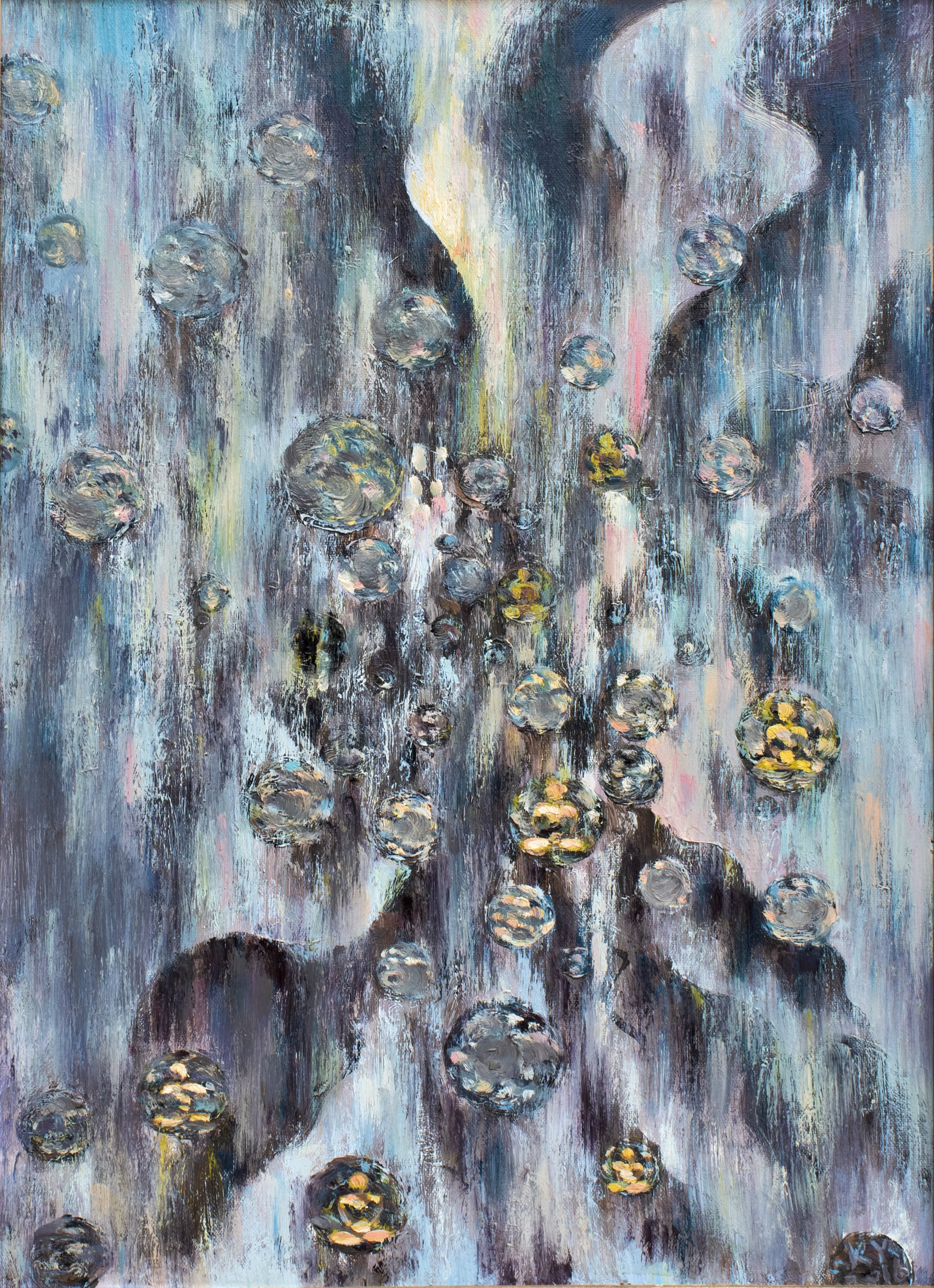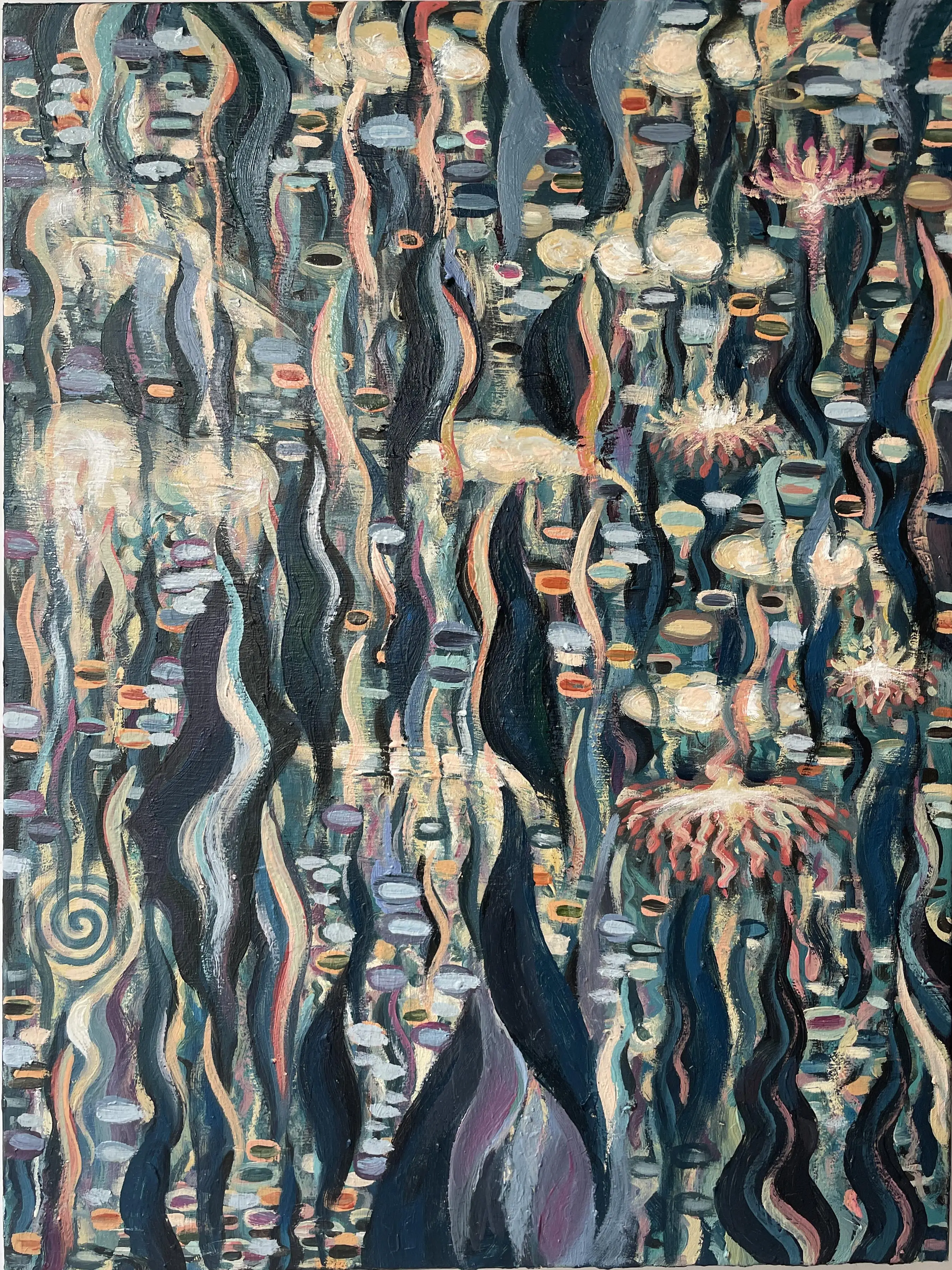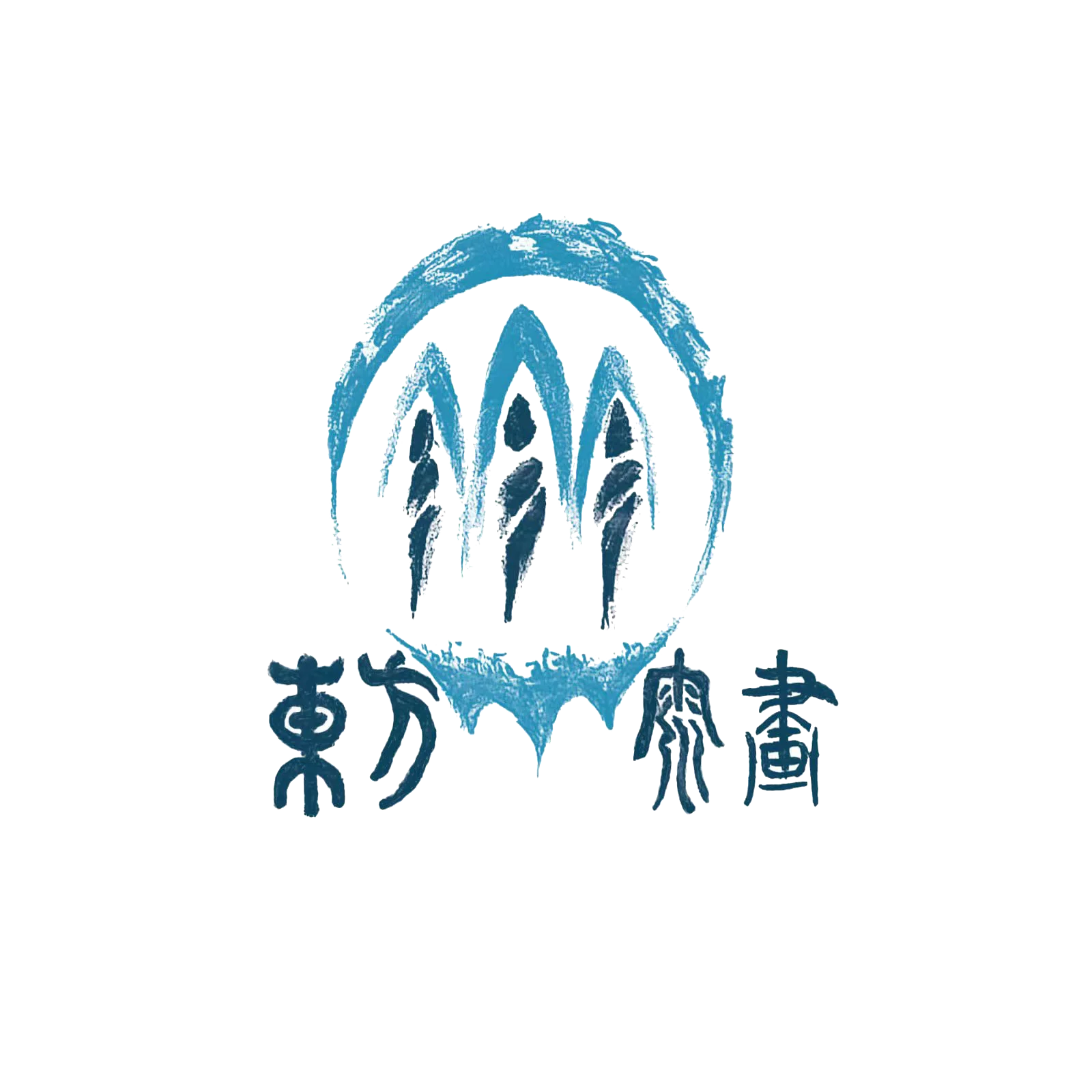Author:Massimo Mazzone
1
Keyang Wu has pioneered a new and unique school of art called Oriental Spirit Painting.
He combines Western classical painting traditions with Eastern cultural traditions and incorporates the ‘spiritual vision’ of his personal life experience. The fusion of Eastern and Western traditions forms a bridge between the East and the West, making his art a cross-cultural bridge of beauty, skill and poetry, and building a unique paradigm in the exploration of contemporary art around the world. With a unique global perspective, he has been visiting countless Western museums and galleries since 2009.
to perfect his artistry. This cosmopolitan character is demonstrated in each of his works, whether they are paintings, drawings or other activities.

Oil Painting: 《洪荒》
Specification:60x80cm
Creation date:2016
2
Meditation (the word comes from the Latin meditatio, meaning reflection) is at the heart of Wu Keyang's artistic exploration.
Meditation, as a practice with a spiritual dimension, is used to increase an individual's ability to control his or her thoughts or conscious activities, to focus on a mental or physical object, which may be an abstract idea or a concrete element of the real world, and to bring the body and mind into a state of deep calm by abandoning everyday thoughts and chores. Similar to meditation is contemplation, which refers to the ability of the mind to stand still in a pseudo-natural state.
Meditation and contemplation are receptive and reflective. Reflective meditation is characterised by concentration, whereas receptive meditation is intended to be a state of thoughtlessness and timelessness, and is more abstract and deeper, as it does not require mantras, sounds, objects or images, but simply breathing.

Oil Painting:《静心者》
Specification: 70cmx100cm
Creation date:2016
Keyang Wu's drawings and paintings are influenced by meditation, always emphasising compassion, goodness and self-awareness,
Inner peace and love. In these areas, drawings and paintings need to be viewed separately.
His paintings materialise forms, particularly spirals, which are presented as real meditative exercises, hypnotic in character and in any case ‘objective’ abstractions.
On the contrary, his drawings show the sensitivity, the physicality of movement, the carpal and metacarpal bones, the big, middle and little finger bones, the human hand represents and builds and realises an internal world.
Two different directions can facilitate extremely deep emotions and feelings.
3
The Red Book, a 400-page illustrated book written and drawn by the Swiss psychoanalyst Carl Jung, was presumably created between 1913 and 1930, but was not published until 2009, after his death.
Jung wrote The Red Book after an epistemological crisis that led to a breakdown in his relationship with his mentor, Sigmund Freud. The book is autobiographical in nature, using both words and images, and was later described by Jung himself as an example of active imagination.
Written in Latin, this work was originally titled The New Book, but is often informally referred to as The Red Book. This important document, consisting of text and many fascinating illustrations by Jung himself, is seen as a practice of active imagination.
The work remained unpublished because Jung's heirs refused to disclose it until 2002. It was only after the editor's persuasive work with his successor that the work was published in German for the first time: Das Rote Buch (The Red Book) was published in Düsseldorf in 2009 by the publisher Patmos.
This work involves many references to Chinese and Eastern cultures, as well as to meditative and contemplative practices.
Wu Keyang expresses how the Red Book is a creation rather than a wall, and that it is a bridge between different cultures.
We should not forget the subject of Transcendental Meditation, which is a meditative technique for developing human potential. Its origins can be traced back to the Vedic tradition and was introduced to the West by Maharishi Mahesh Yogi in 1958. Transcendental Meditation is practised by millions of people worldwide, but it can be said that it transcends any media success - it has little to do with true spiritual practice, and even though it has been recognised by hundreds of studies from 1958 to the present day, it is still insignificant.
Transcendental Meditation, based on the repetition of a specific sound for a few minutes twice a day, can be described as a state of ‘self-consciousness’ or ‘thoughtlessness’ without material consciousness, the same as the state of anhedonia, which allows for a deep relaxation of the body and awakening of the mind, with all the benefits that this entails for the practitioner. It is very similar to the self-training initiated by the German psychoanalyst Johannes Heinrich Schulz in the 1930s. Undoubtedly similar, Wu Keyang has proved the spirit of his work by practising cosmic love through his paintings and his life.

Oil Painting:《意识流·种子》
Specification: 60cmx80cm
Creation date:2021
4
Cosmos is a utopian ideal referring to a mythical golden age that has disappeared.
The earliest account of the Great Contemporaneity comes from the sixth chapter of the Book of Rites, which emphasises that when the world runs on the path of morality, the world is a community. In such a community, talented people govern, people treat other people's fathers as their own, there are no thieves or robbers, and the doors of homes are always open. ......... The so-called Cosmos is a world of peace, love and harmony.
The Hanging Temple of Datong is built on a 75-metre-high cliff in Nearly Lone Mountain, Hunyuan County, Datong City, Shanxi Province, China. It is not only valuable because of its geographical location, but also integrates traditional Chinese cultural ideas and demonstrates the diversity and inclusiveness of Chinese culture, from which it is not difficult for us to discover and appreciate the utopian roots of the ancient Chinese spiritual world.
Similarly, Wu Keyang bravely faces the challenge of combining Western painting techniques with traditional Chinese perspectives, combining meditation, traditional Chinese culture, customs and artistic creation.
Author Bio:
Massimo Mazzone (马西莫·马佐尼)He is an artist, curator and social activist, Professor of Sculpture Technology at the Accademia Nazionale di Belle Arti in Milan, Italy, and a professor and doctoral supervisor at the University of Granada, Spain, where he teaches in Seville, Barcelona and Bilbao.
Since 2000, he has been involved in the curation of more than twenty editions of the Venice Biennale for art, architecture and dance, in pavilions in Italy, Spain, Venezuela, France, etc. He has created large-scale sculptures and architectural works in the Netherlands, Saudi Arabia, the United States, the United Kingdom and Venice, Turin and Rome, Italy. As an artist, he has created large-scale sculptures and architectural works in the Netherlands, Saudi Arabia, the United States, the United Kingdom, and in Venice, Turin and Rome, Italy. He is also a representative and spokesperson for the group ‘Escuela Moderna’.

Leave a Reply